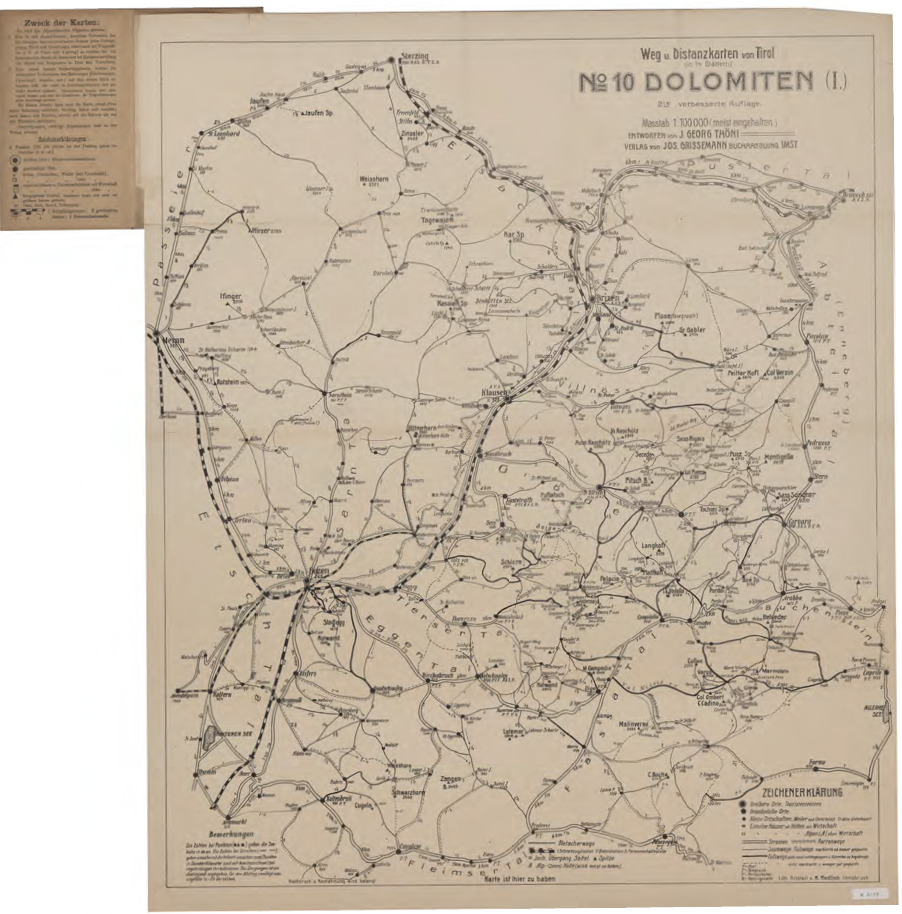What was known as the “Vogelhütte” (Bird Hut) was originally located where the top pond in the Kühbergl recreation area has been created today. As the name suggests, the hut was once used as a site for bird catching. There is also evidence that originally a small shrine or chapel might have been situated here. The Vogelhütte and the surrounding plateau were first mentioned in 1861 as the end of a walk. The Pusterthaler Bote reported that the location provided a “wonderful view of the pleasant panorama of the valley bottom, the surrounding area and as far as Taufers”.
What was known as the “Vogelhütte” (Bird Hut) was originally located where the top pond in the Kühbergl recreation area has been created today. As the name suggests, the hut was once used as a site for bird catching. There is also evidence that originally a small shrine or chapel might have been situated here. The Vogelhütte and the surrounding plateau were first mentioned in 1861 as the end of a walk. The Pusterthaler Bote reported that the location provided a “wonderful view of the pleasant panorama of the valley bottom, the surrounding area and as far as Taufers”.
The Vogelhütte’s heyday was between 1879 and 1900, after Johann Georg Mahl renovated it in the style of a “Swiss chalet”. Primarily the Vogelhütte was used by the Mahl family as a private retreat. But various societies also held their festivities there too, such as the male voice choir and the town improvement society.
The hut also welcomed a few prominent visitors. For example, Emperor Franz Josef I came to the Vogelhütte in 1886 on the occasion of his visit to the Kaiserwarte observation tower. In 1899, Hermann Mahl made a photographic record of the visit by the artist, Franz von Defregger.
Over the years the Vogelhütte repeatedly fell victim to acts of vandalism. In 1921 the wooden hut that had also been built there was burned to the ground. Today only a few ruined walls remain.
 Orte entdecken
Orte entdecken

